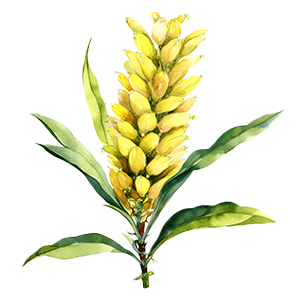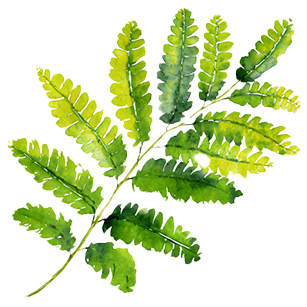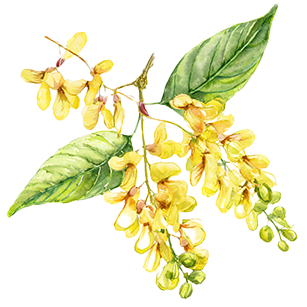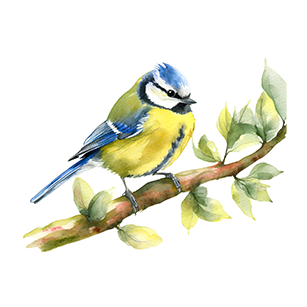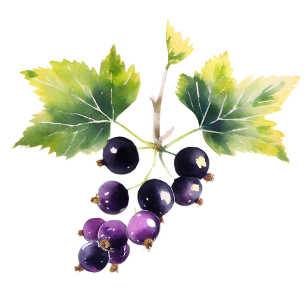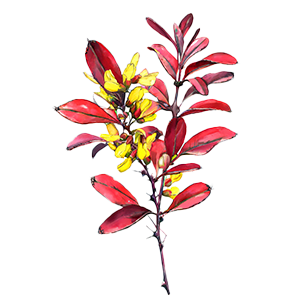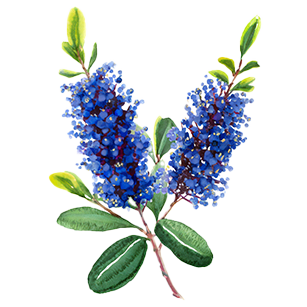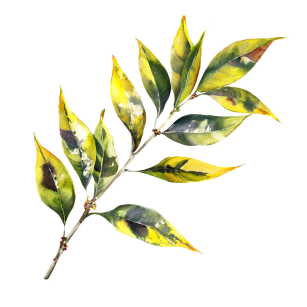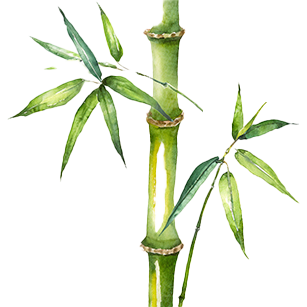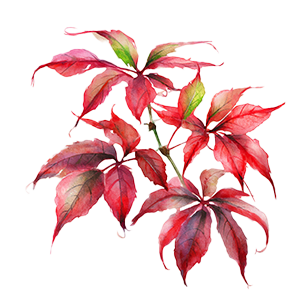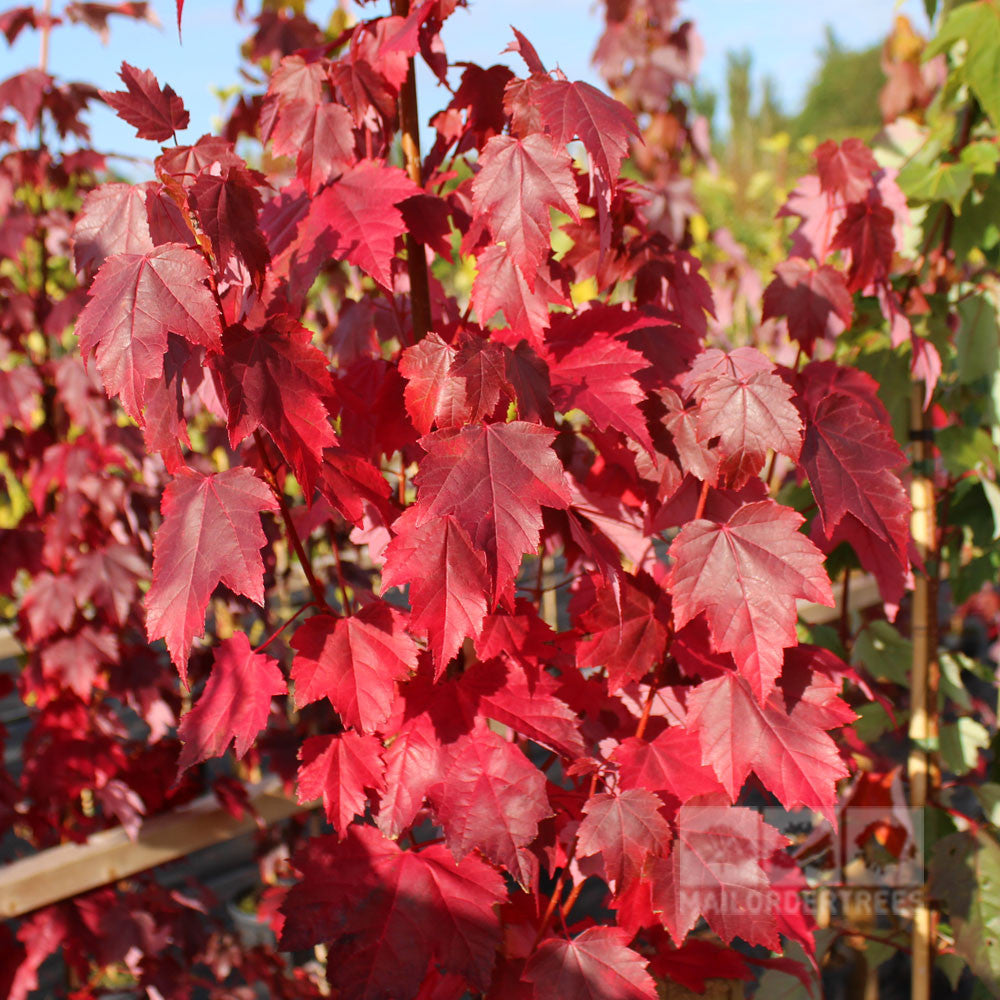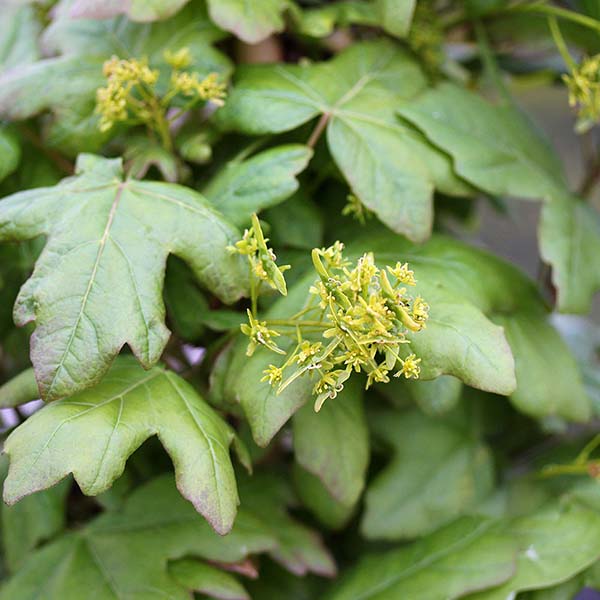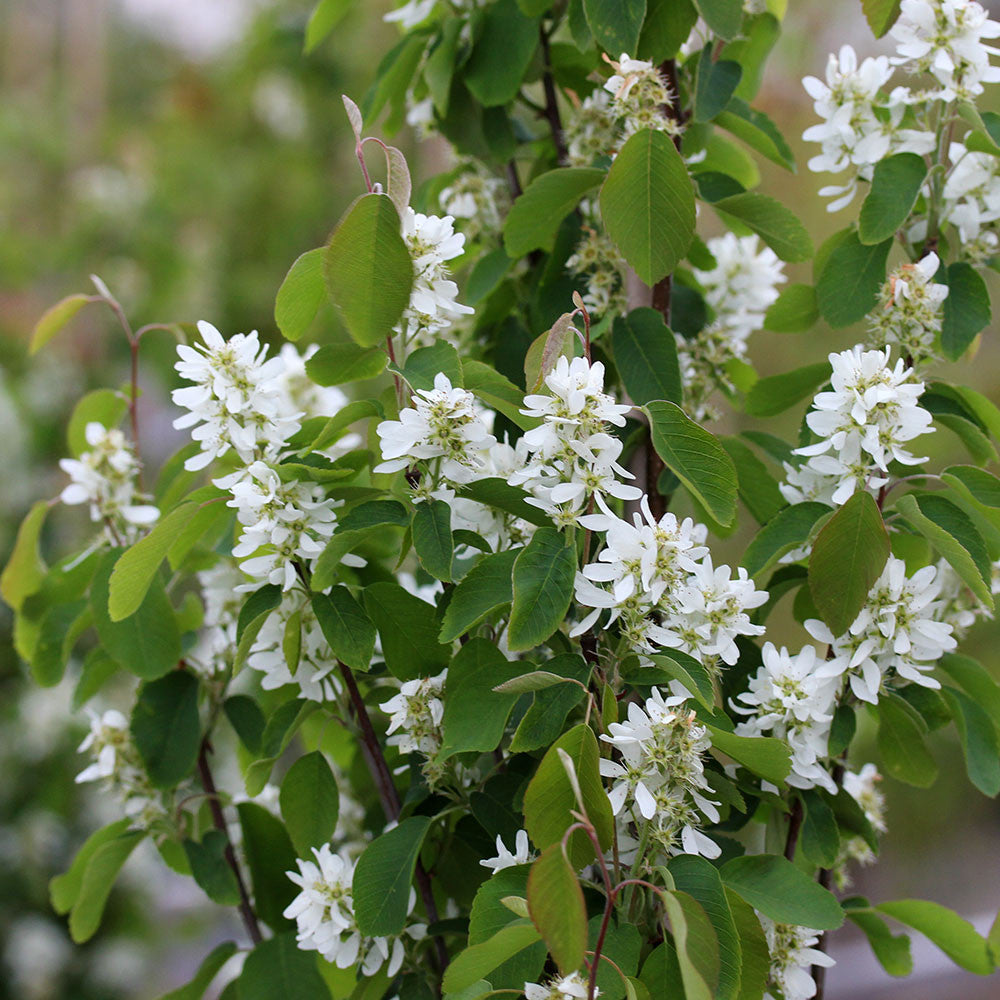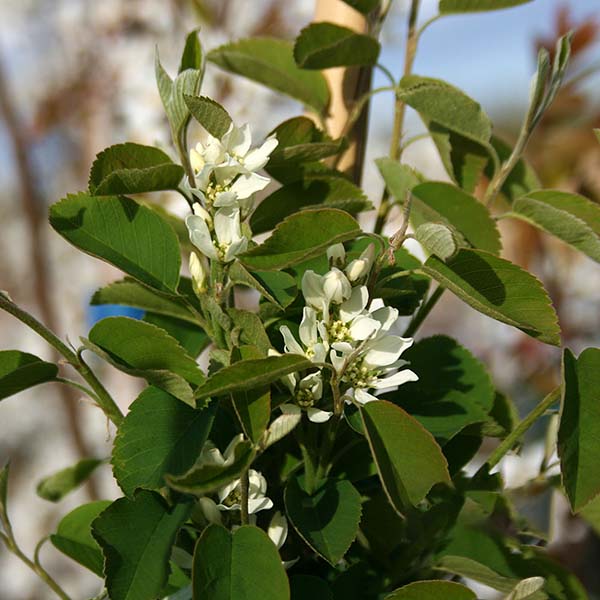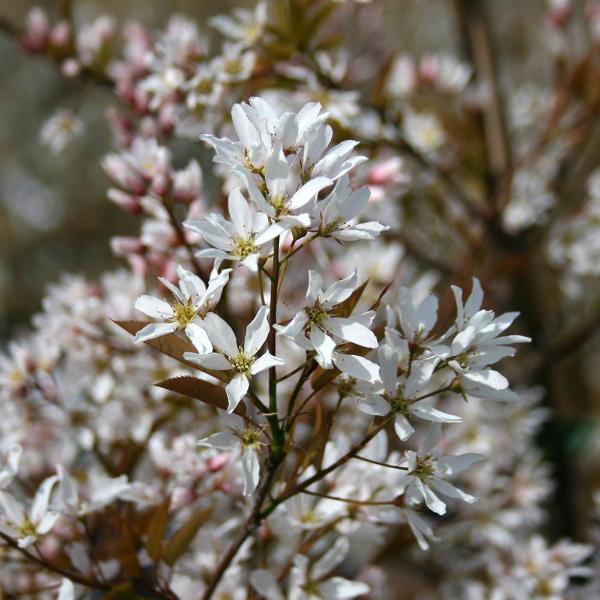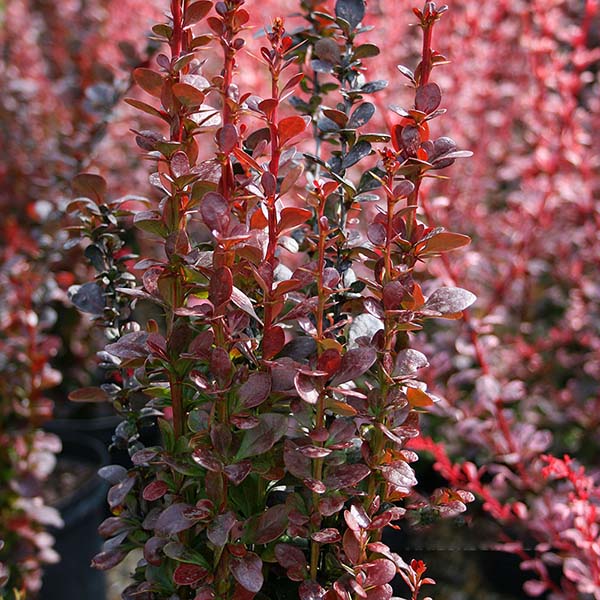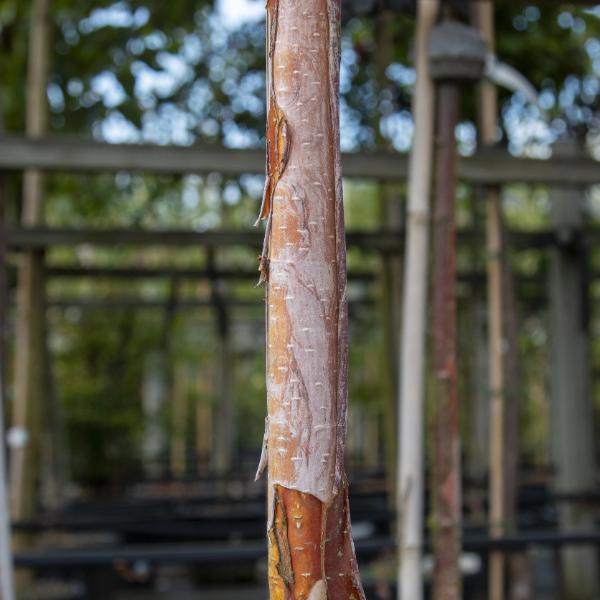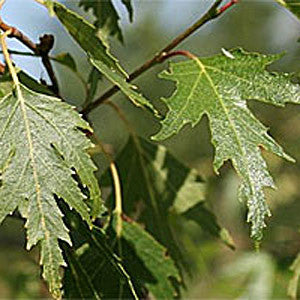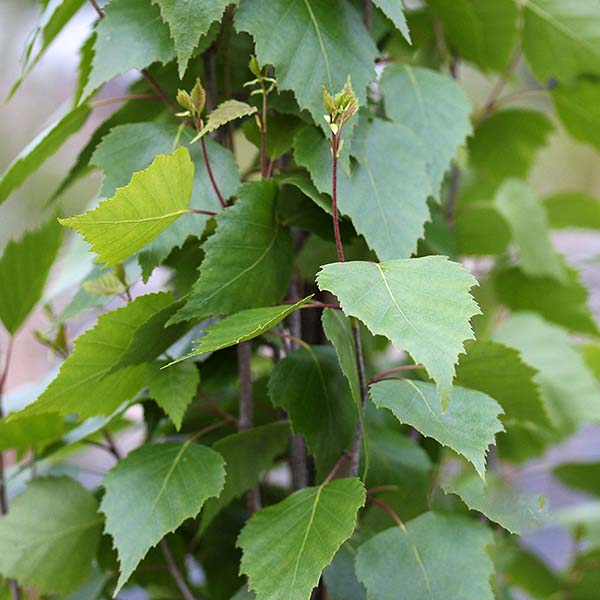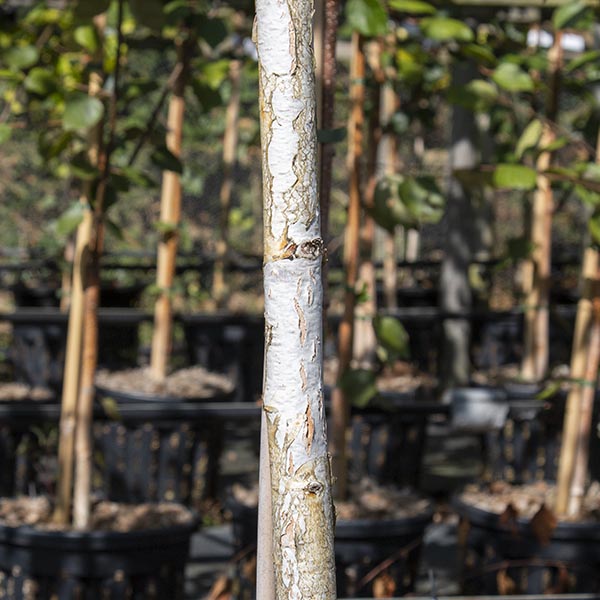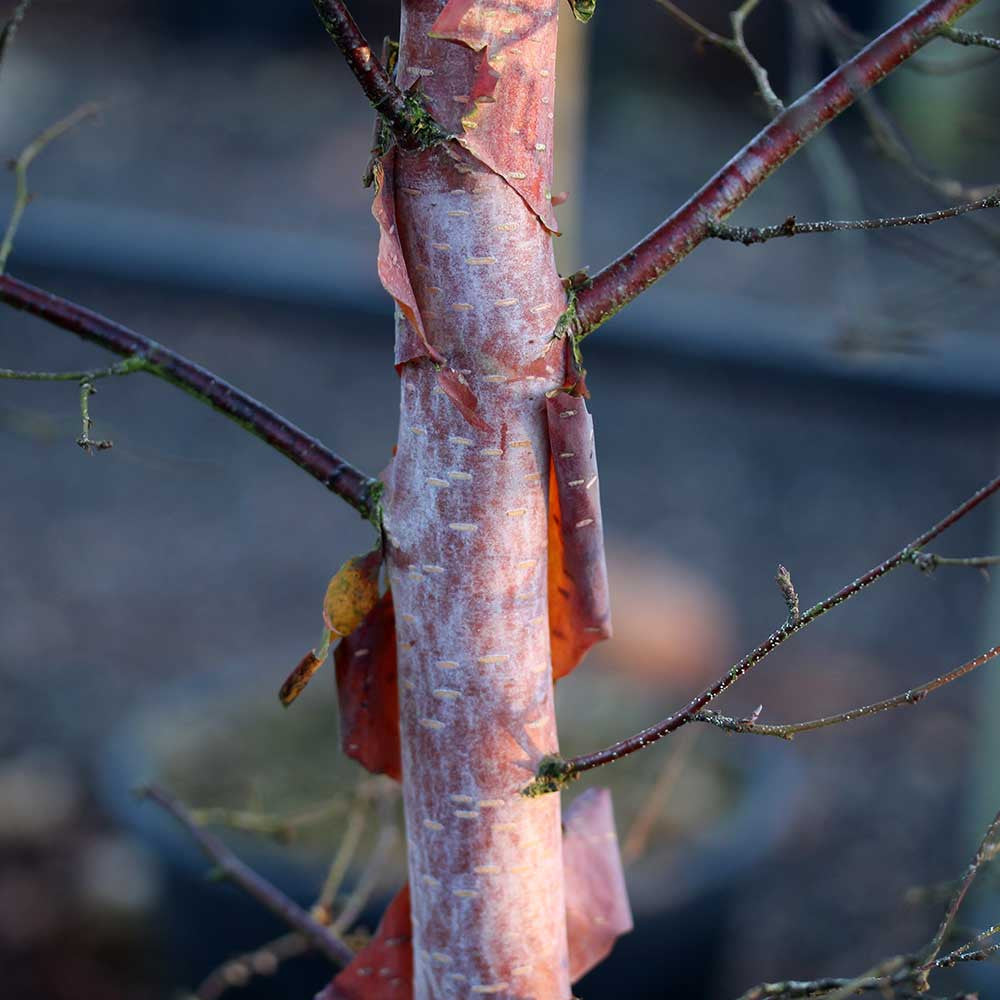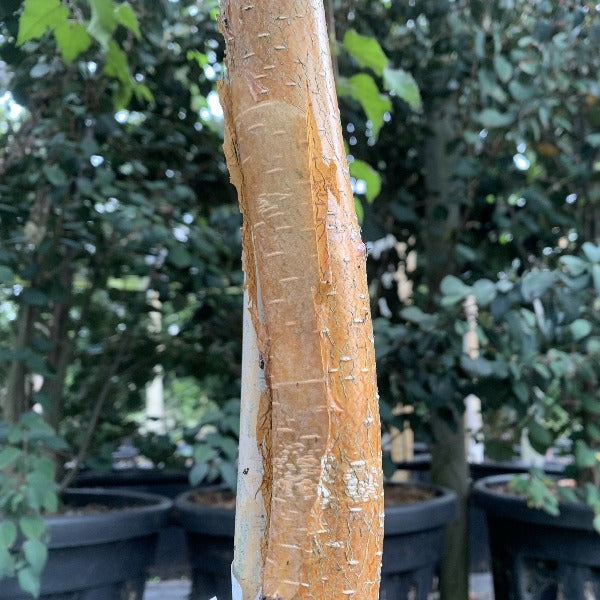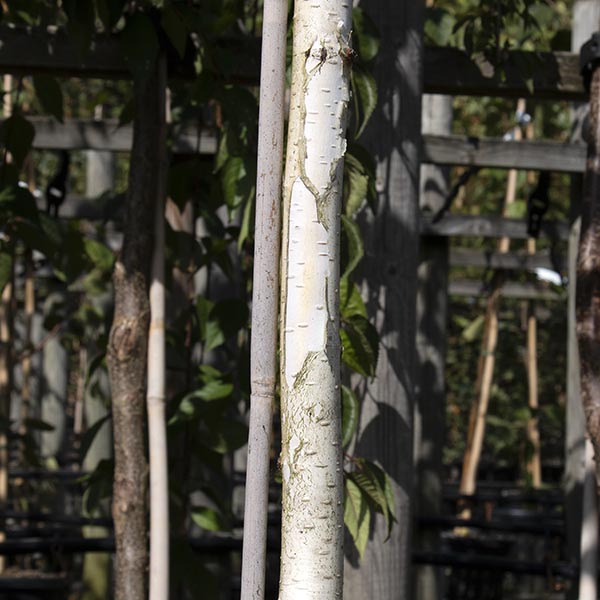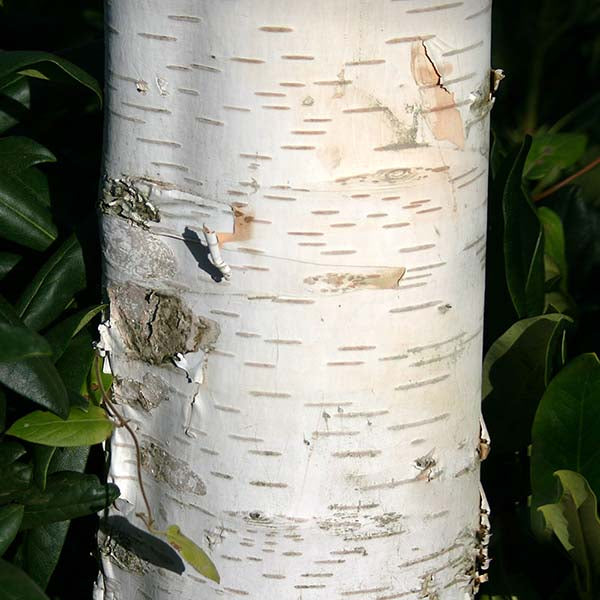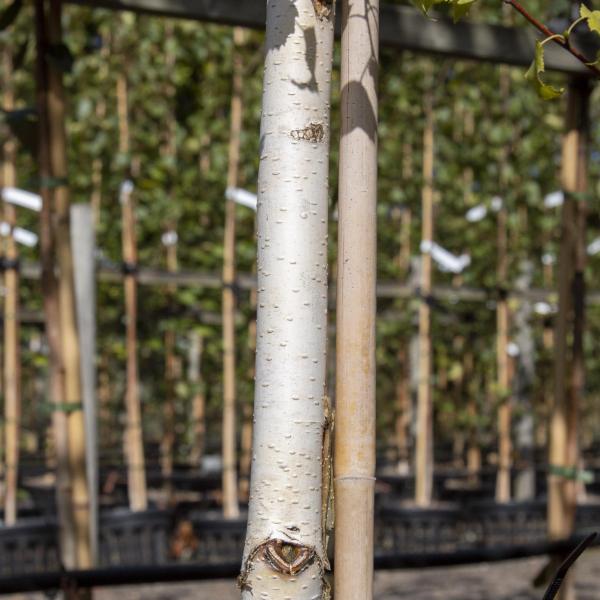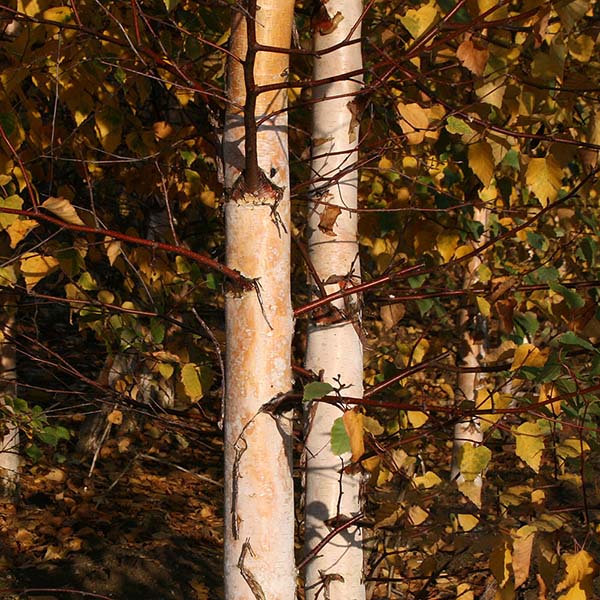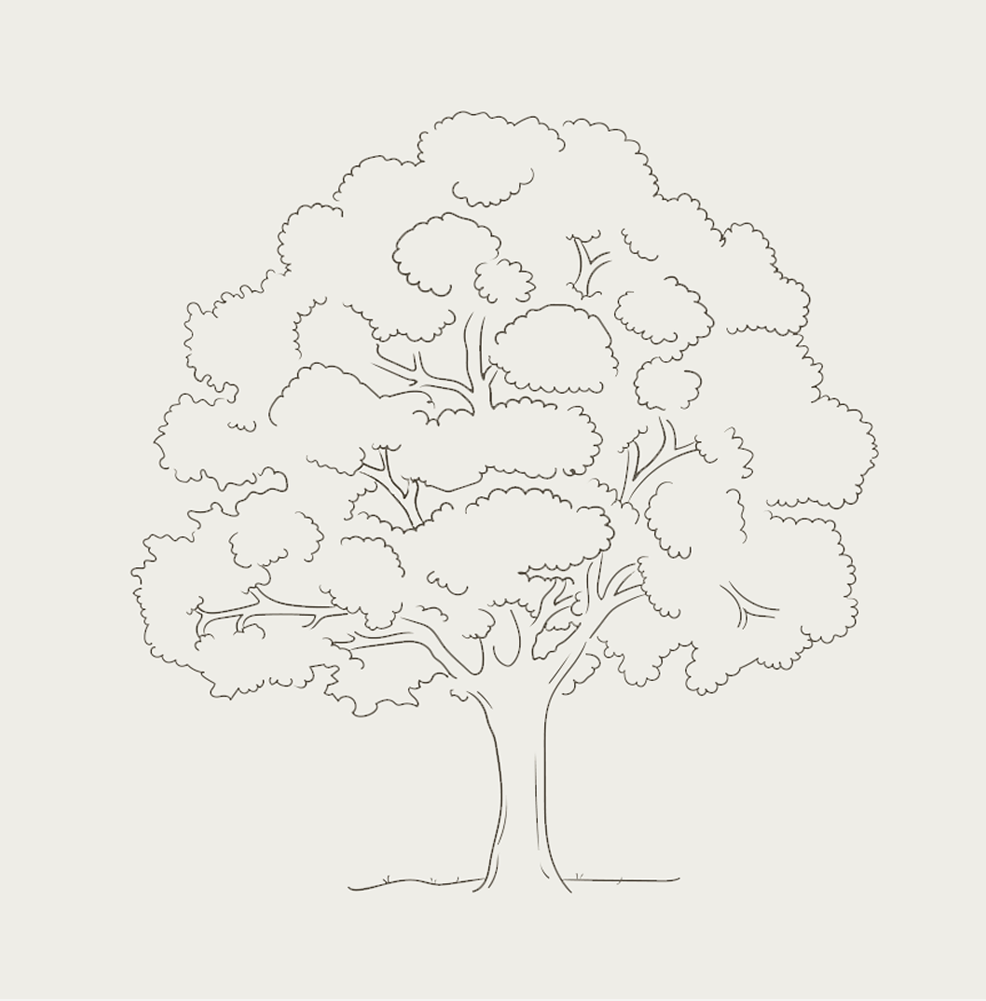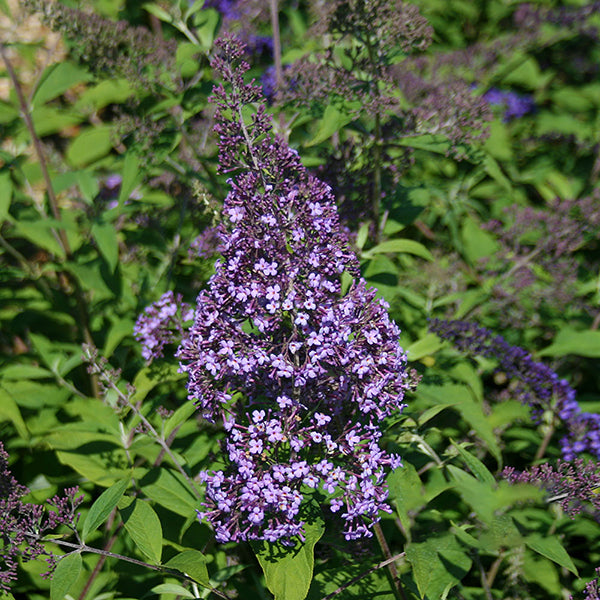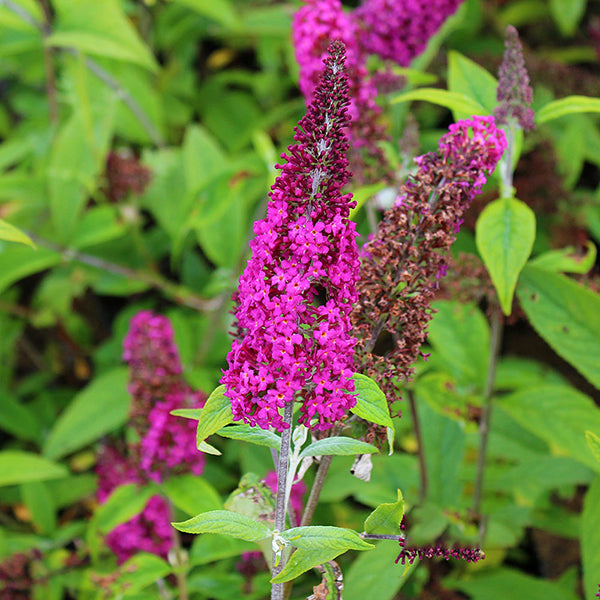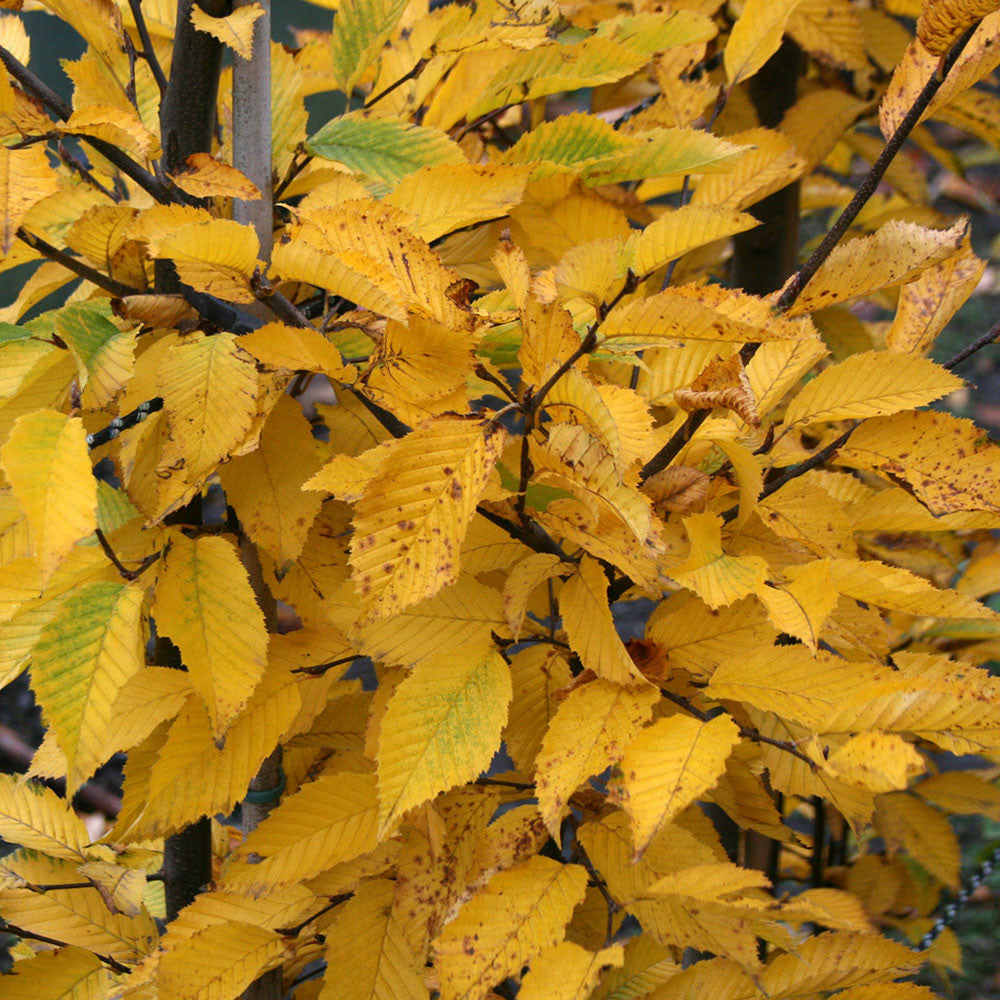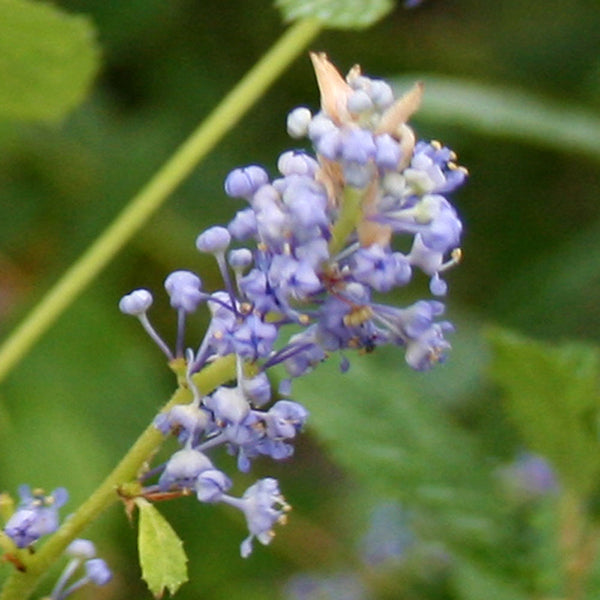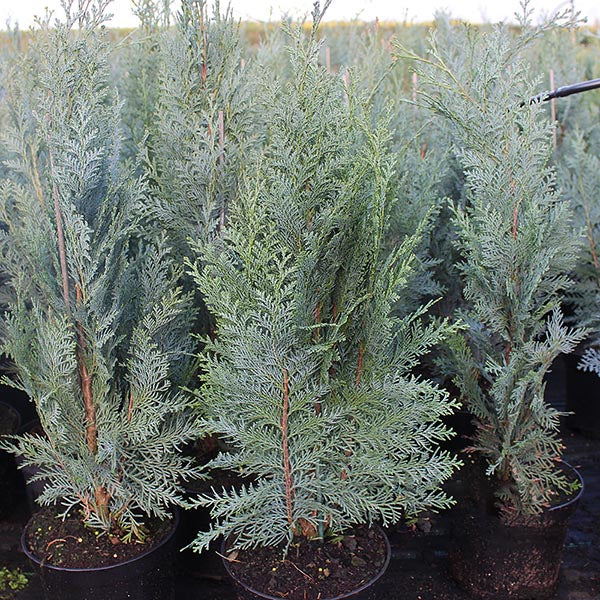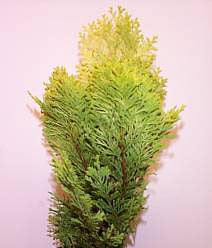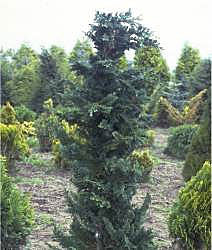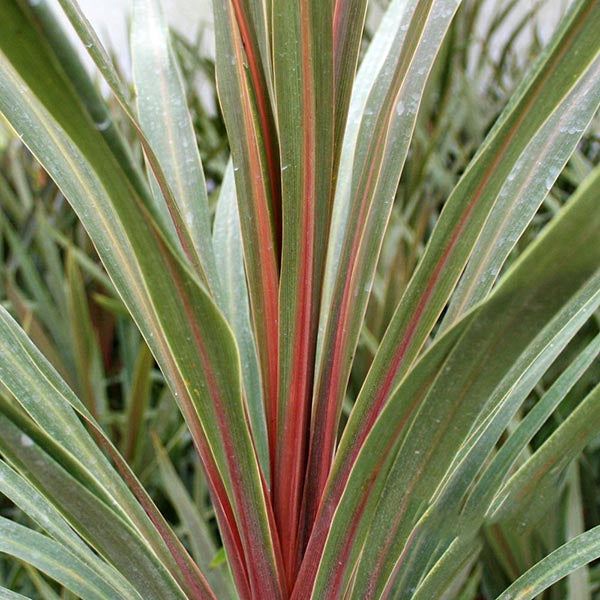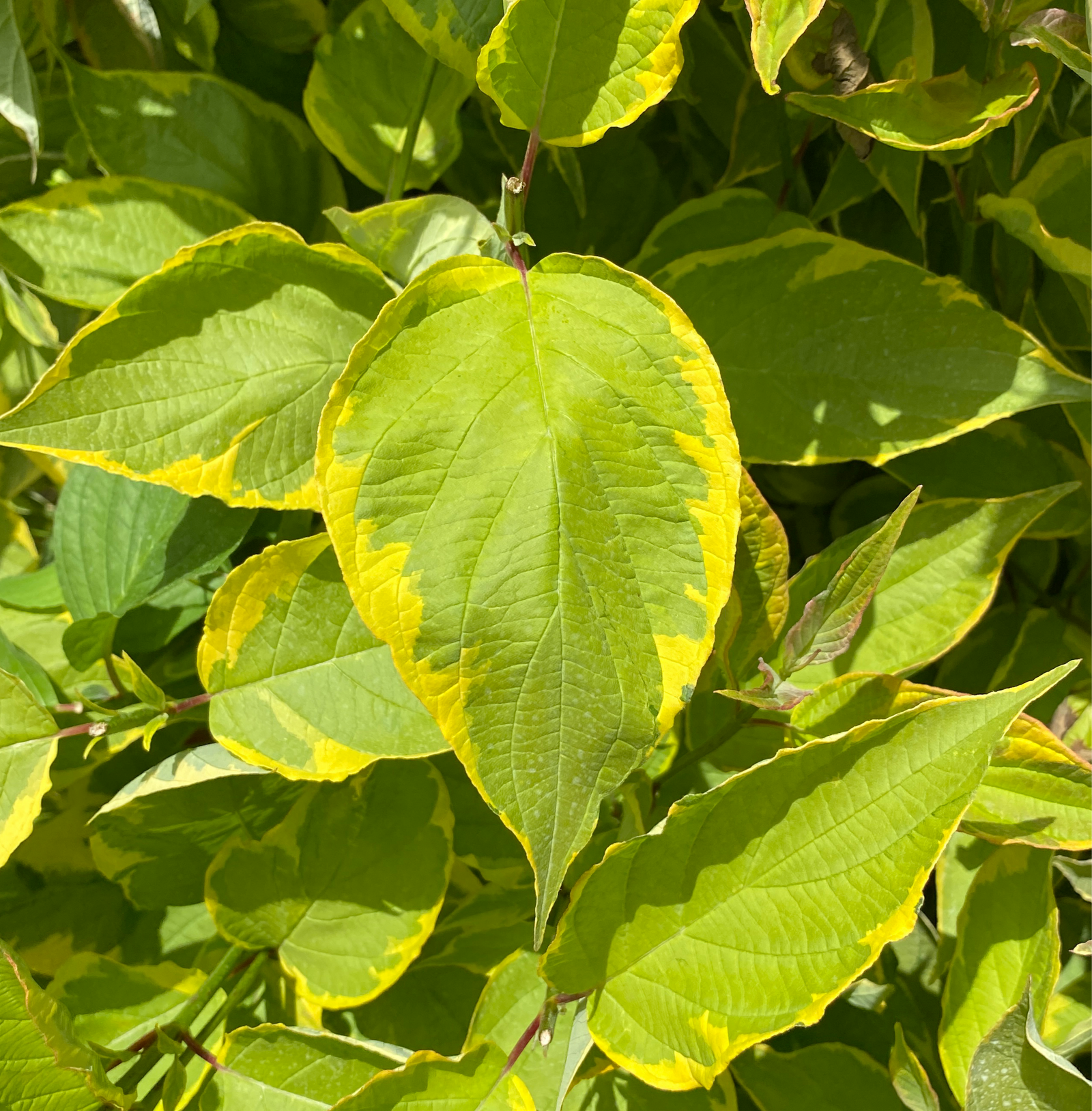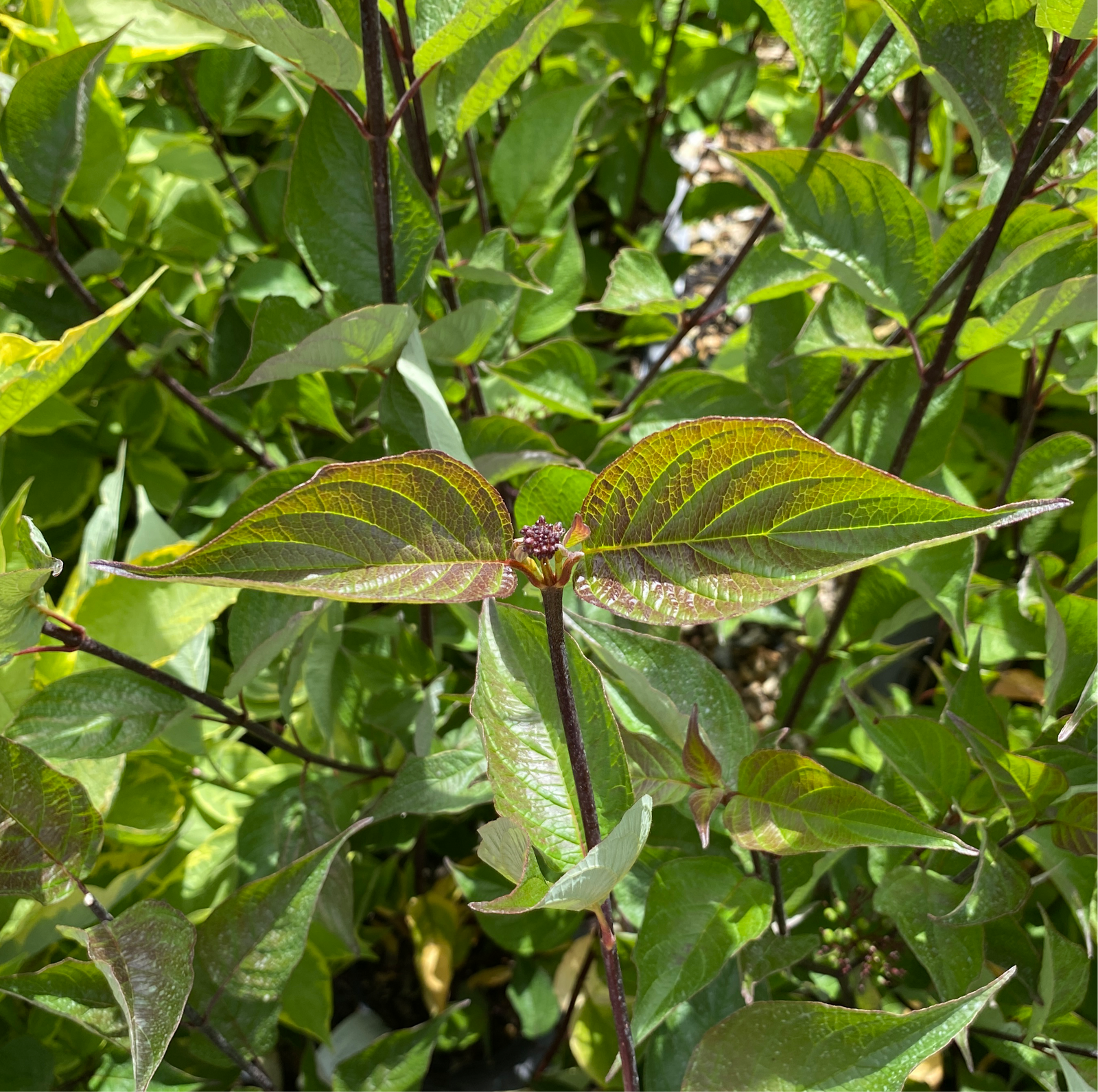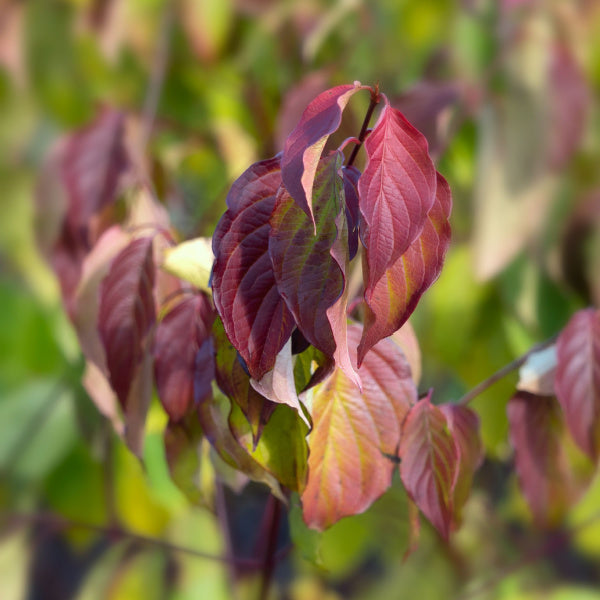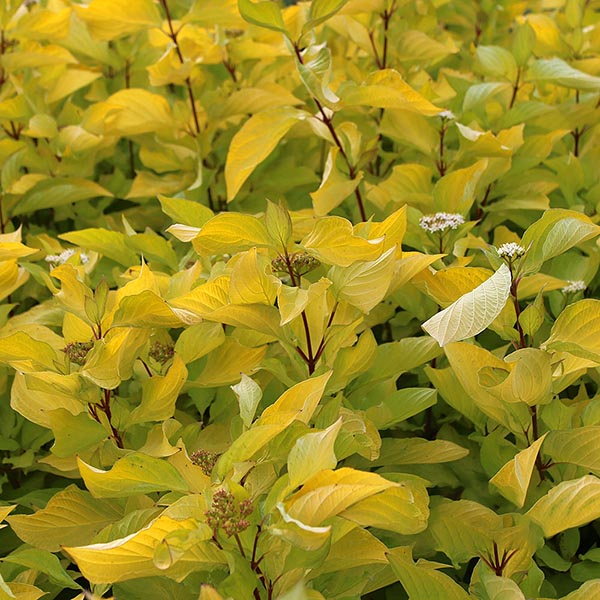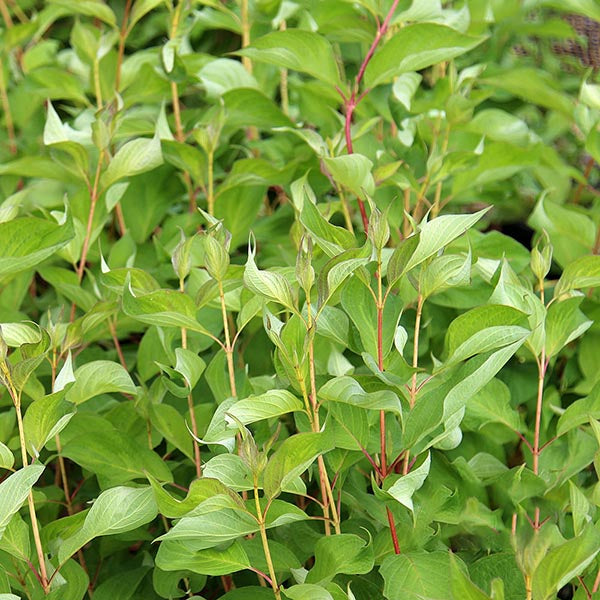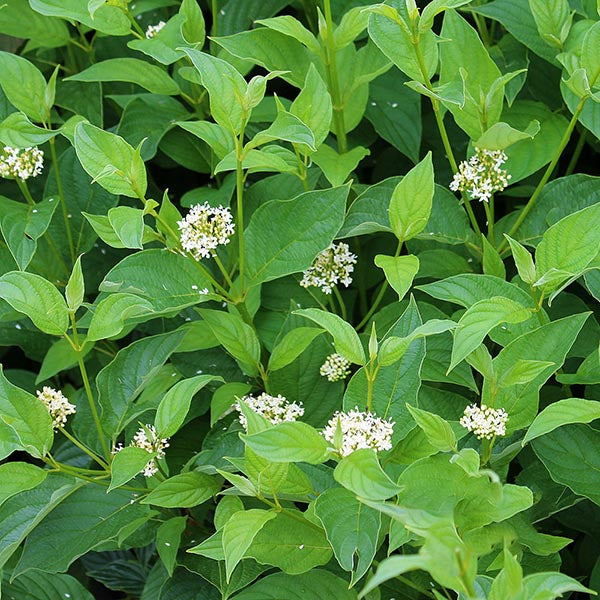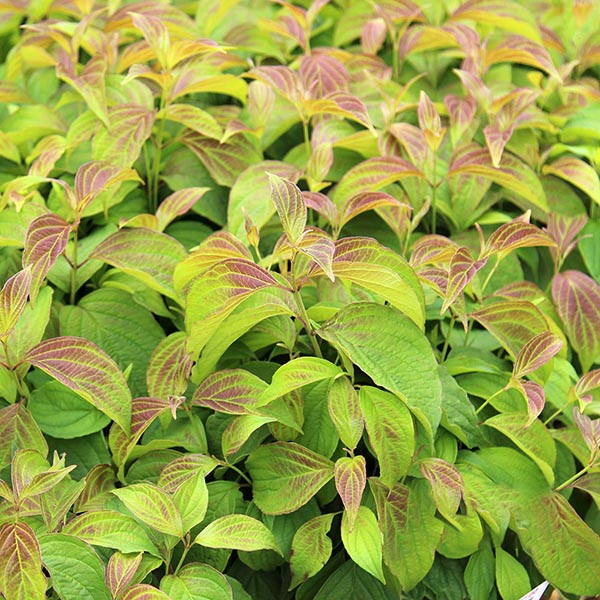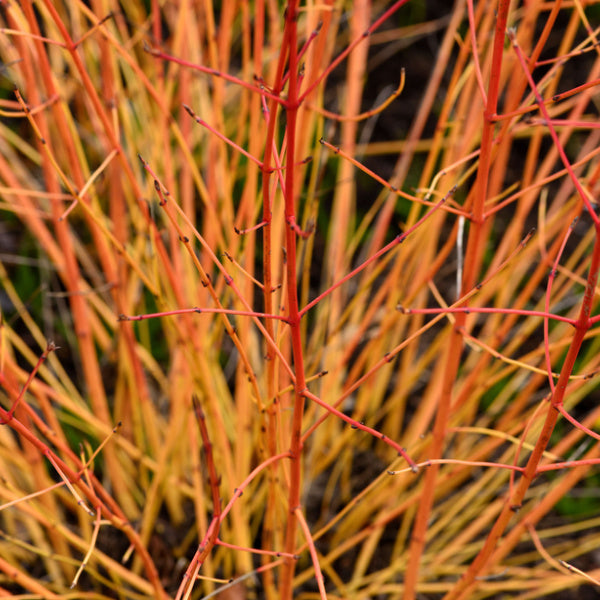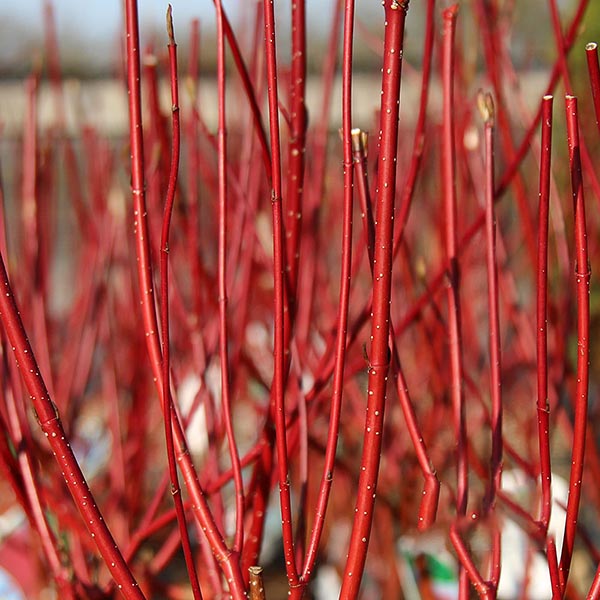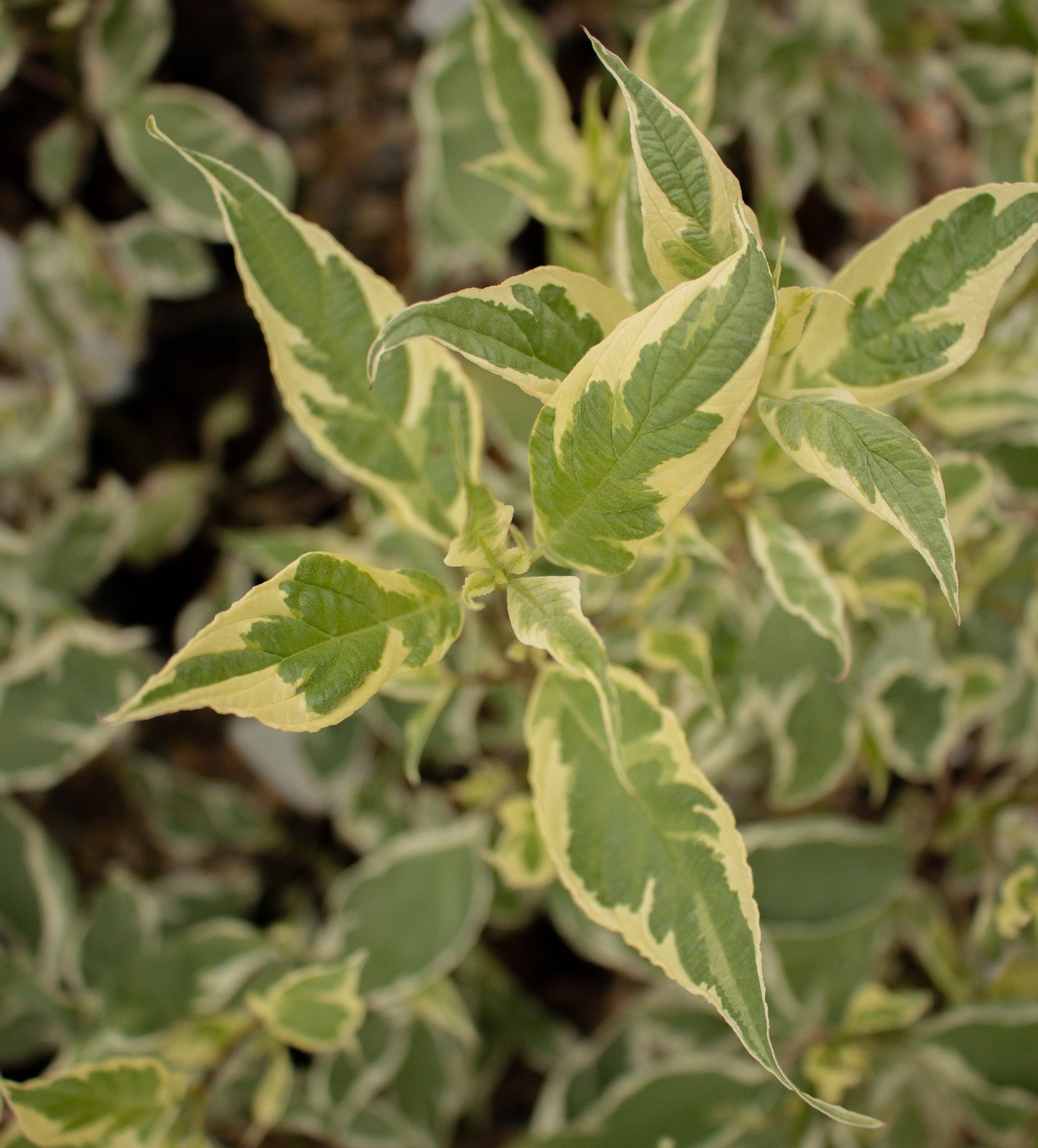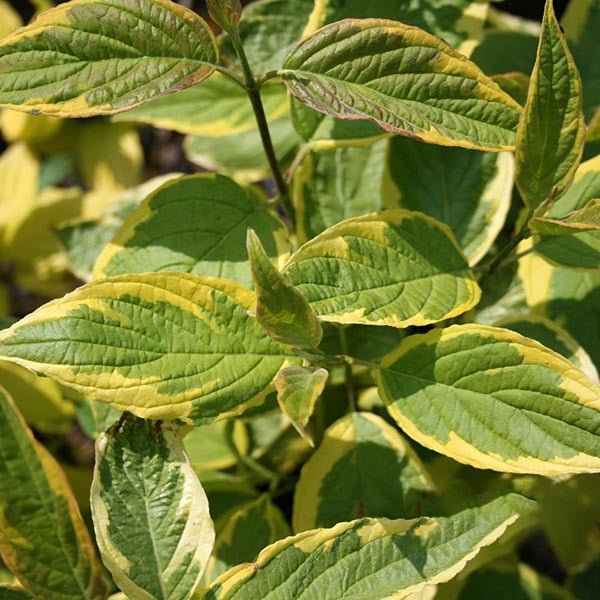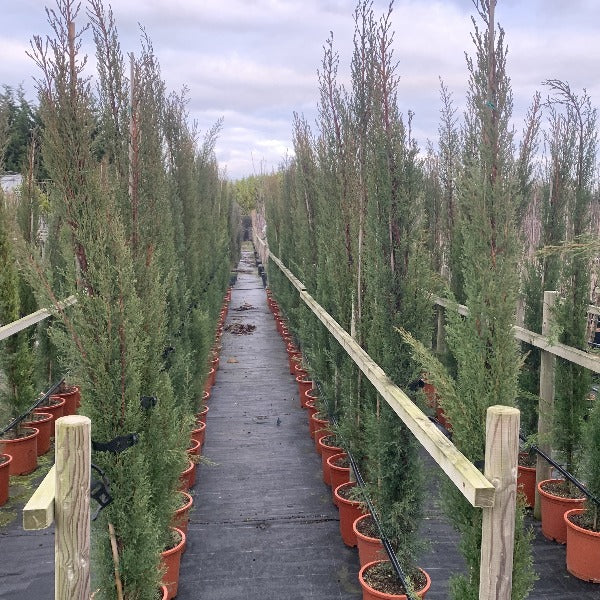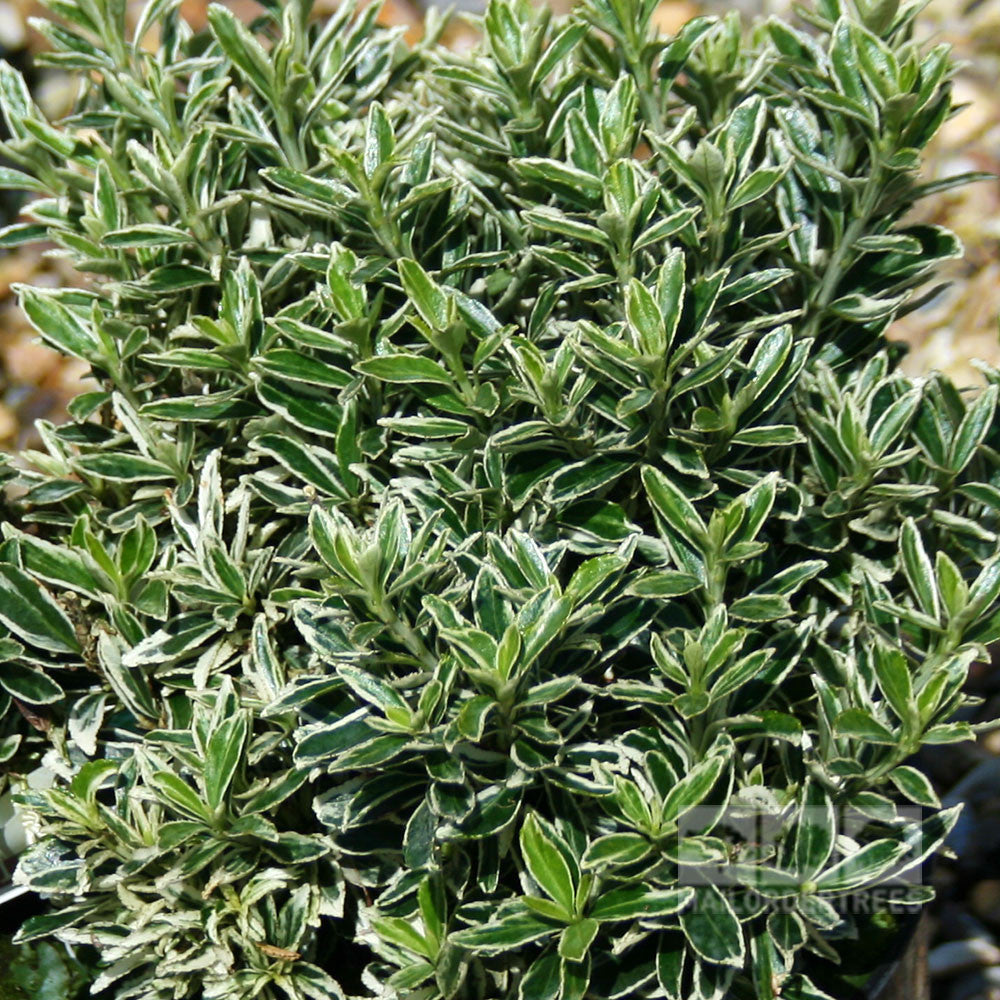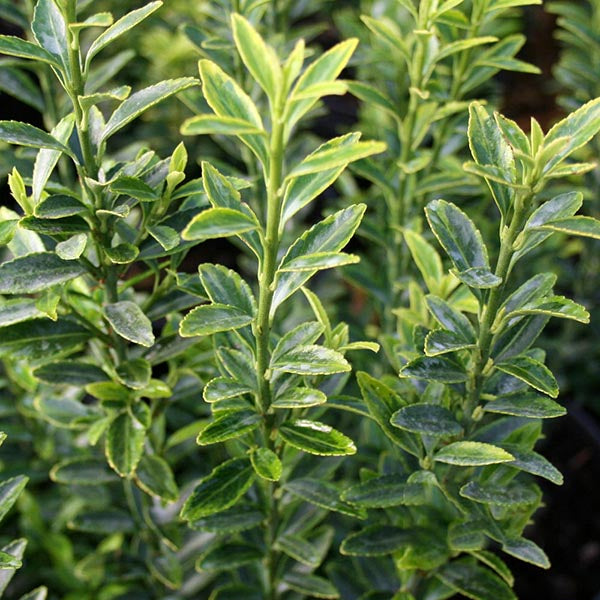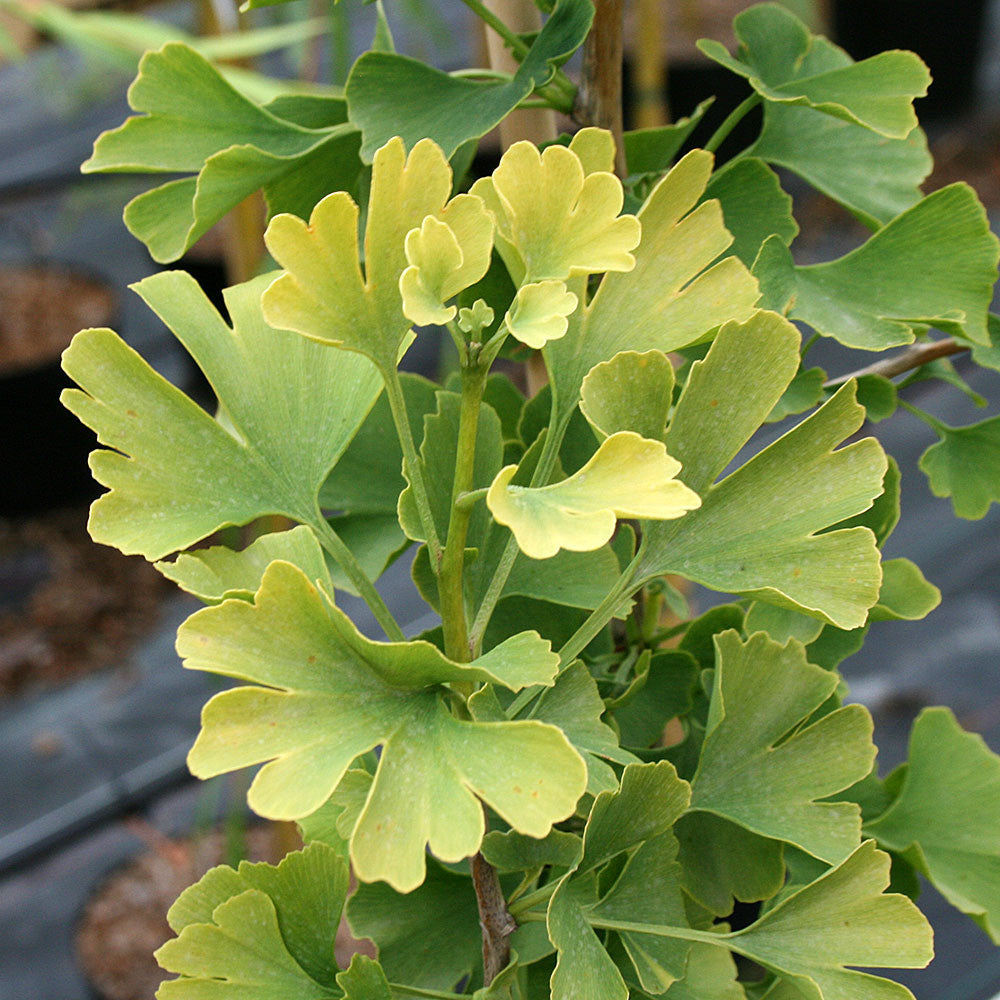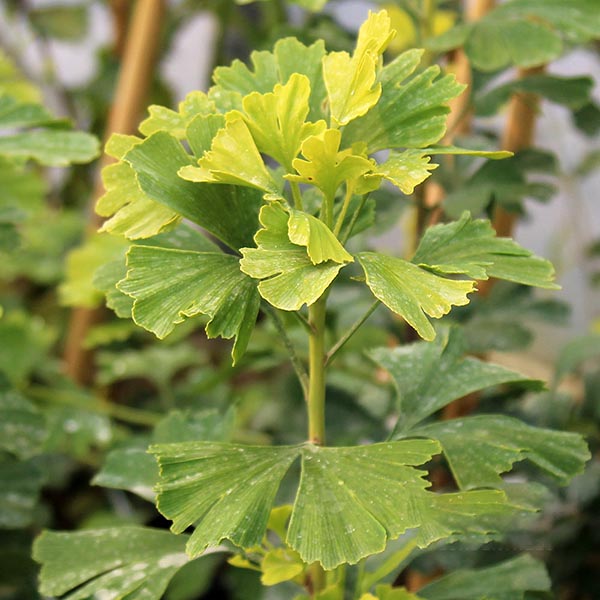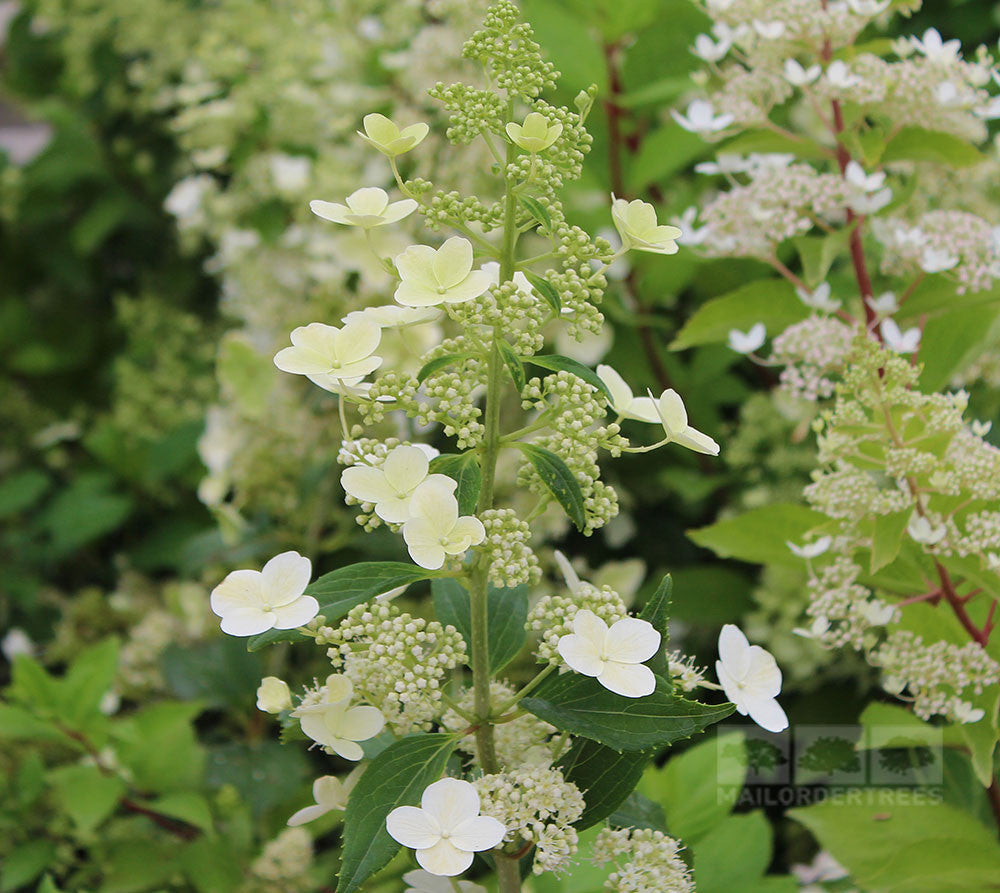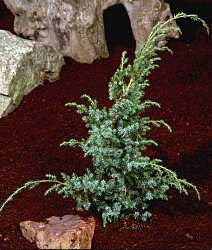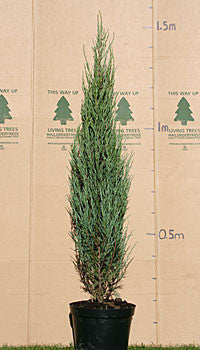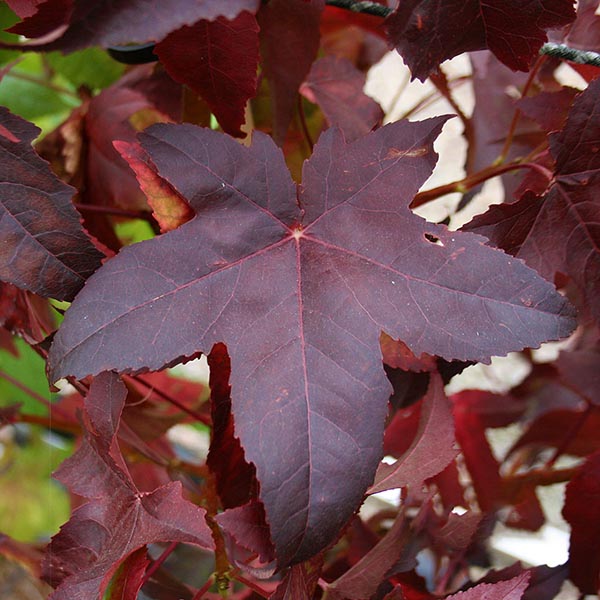Amelanchier Robin Hill
June Berry Tree
Amelanchier 'Robin Hill' features masses of white flowers in spring, copper-coloured young foliage, a strong show of autumn colour and small berries in June.
The 'Robin Hill' is a highly desirable tree that offers an array of interest throughout the seasons. In spring, just as the foliage is starting to shoot out, an abundance of star-shaped flowers emerge. The flowers emerge pink and soon turn pure white, with vivid yellow stamens at their heart. The spring foliage is coppery red and it makes the perfect backdrop for the floral display.
By summer, the finely serrated, ovate leaves have matured to a luscious green and, in late June, the berries appear. The glossy summer berries are small, purple and hang in clusters all over the tree; they make a fantastic natural bird feeder, but they are also fit for human consumption, too.
A final show of colour comes in autumn, when the leaves turn to firey shades of orange and red before falling. This tree is well-suited to a range of positions, including as a lawn specimen or as a border tree. The dense and upright habit of the 'Robin Hill' makes it perfect for smaller spaces. It can tolerate a range of conditions, including urban sites, and thrives in most soils. In terms of a planting partner, the wonderfully colourful Amelanchier 'Rainbow Pillar' works well. Equally, Prunus 'Snow Goose' is a great match as both trees have an upright structure and strong autumn colour.
Common Name: June Berry TreeLatin Name: Amelanchier grandiflora 'Robin Hill'Soil: Acidic to neutral, moist but well-drained soilPosition: Full sun or partial shadeFlowering period/colour: March to April / WhiteHardiness: Fully hardyHeight and spread in 20 years: 6m/3mSpecial features: Small purple fruits (Deciduous)
Trustpilot













